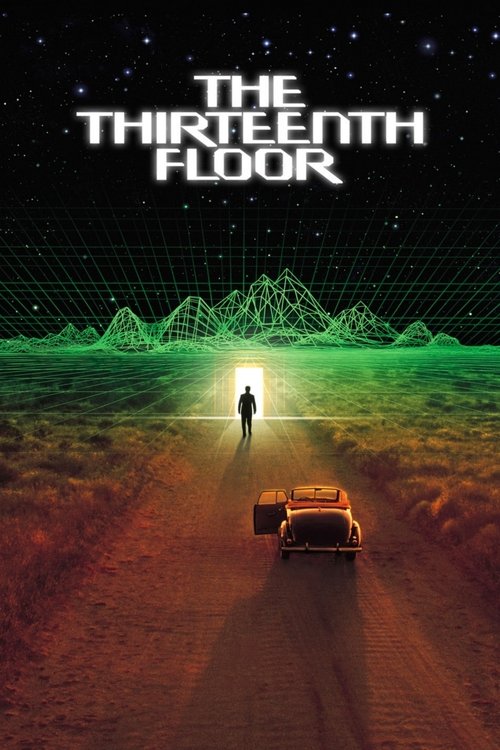
Title: The Thirteenth Floor
Year: 1999
Director: Josef Rusnak
Writer: Ravel Centeno-Rodriguez
Cast: Craig Bierko (Douglas Hall), Armin Mueller-Stahl (Hannon Fuller), Gretchen Mol (Jane Fuller), Vincent D'Onofrio (Whitney), Dennis Haysbert (Det. Larry McBain),
Runtime: 101 min.
Synopsis: In Los Angeles, a wealthy man, known as Mr. Fuller, discovers a shocking secret about the world he lives in. Fearing for his life, he leaves a desperate message for a friend of his in the most unexpected place.
Rating: 7.066/10